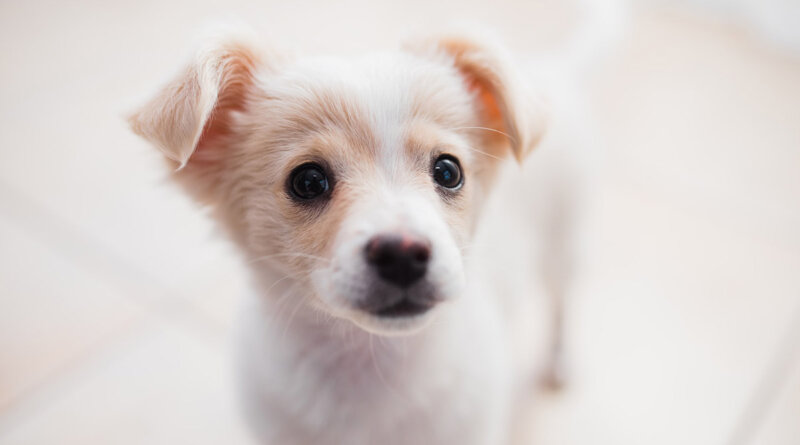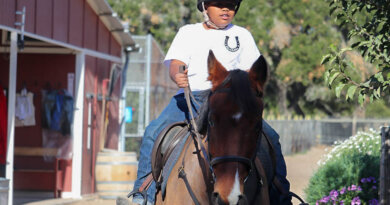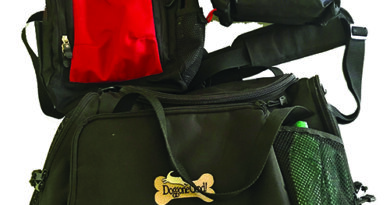Canine Parvovirus: What Every Dog Owner Should Know
Canine Parvovirus (CPV), often referred to as “parvo,” is a highly contagious and potentially deadly virus that affects dogs’ intestinal tract. Not only does parvo have a high mortality rate if left untreated, it can survive in the environment for months, or even years, in the right conditions.
While any dog may potentially contract parvo, it is most likely to affect dogs with less robust immune systems, including puppies and unvaccinated dogs. Puppies are especially vulnerable to parvo infections during the gap between immunity from their mother’s milk and when they are fully vaccinated at 16 weeks old. Dogs with existing autoimmune deficiencies are also at greater risk.
How Is Parvo Transmitted?
The parvovirus enters the body through contact with the mucus membranes, then spreads in the lymphatic system and bloodstream. An infected dog sheds the parvovirus through feces, so transmission of parvo can occur when other dogs come in contact with those feces directly (via their nose or mouth), or indirectly (by touching contaminated items).
The virus can also be passed along on multiple surfaces, including fur, food bowls, toys, kennels and bedding, and dirt and grass contaminated by infected feces. A dog with parvo can start shedding the virus as soon as four days after exposure, often before symptoms begin to manifest and before they are known to be infected.
GET THE BARK NEWSLETTER IN YOUR INBOX!
Sign up and get the answers to your questions.
Signs and Symptoms of Parvo
A parvo infection decreases the ability of the gastrointestinal tract to absorb vital nutrients and water. This can lead to dangerous levels of dehydration and malnutrition. Common signs and symptoms of parvo include:
- Diarrhea, often bloody
- Vomiting
- Hypothermia (below-normal temperature)
- Lethargy
- Weight loss
- Lack of appetite
- Bloated and/or painful abdomen
If you observe any of these signs or symptoms in your dog, it is important that the dog be seen by your veterinarian as soon as possible, as most deaths from parvo occur within 48 to 72 hours after symptoms begin.
Diagnosis and Treatment of Parvo in Dogs
A veterinarian diagnoses parvo by taking the dog’s history, noting the dog’s clinical signs and performing an examination; samples of stool and blood are also required. The diagnosis is then confirmed by lab testing of the samples. It is essential to begin treatment as soon as a dog has been diagnosed. With proper veterinary care, the survival rate of dogs who contract parvo can be up to 90 percent, but without treatment, the mortality rate is more than 80 percent.
Because there are no medications available that can kill the parvovirus once a dog is infected, treatment consists of hospitalization and supportive care, including:
- Intravenous fluids to combat dehydration and replenish electrolytes
- Anti-nausea medication
- Antibiotics to prevent secondary bacterial infection
- Isolation
- Temperature control to prevent hypothermia
There is no cure for parvo at this time, but studies involving the use of antibody therapies that target the virus are currently being conducted, with promising results. One such product in testing by KindredBio could be approved by early 2021.
Prevention Is Key
The best way to keep dogs safe is to make sure they are up-to-date on their vaccines. Puppies should be given the parvo vaccine (DHLPP) starting at six to eight weeks of age, then repeated every three weeks until the puppy is 16 weeks old. After that, booster vaccines are given every year.
Other important points: Before they’re fully vaccinated, puppies should be kept away from areas that could potentially be contaminated with parvo, such as dog parks, pet stores and groomers. Don’t allow them to play with other dogs unless those dogs have been fully vaccinated.
Indoor areas where dogs congregate should be fully disinfected with dilute bleach or other commercial products, like Rescue or Trifectant. Fecal matter should be removed from both indoor and outdoor spaces as well. It’s important to note that even after dogs recover from parvo, they can still be contagious for up to two weeks, so it’s best to keep them away from other dogs until after that time has passed.
Good hygiene and preventive measures will go a long way toward keeping your canine companion healthy and safe.




